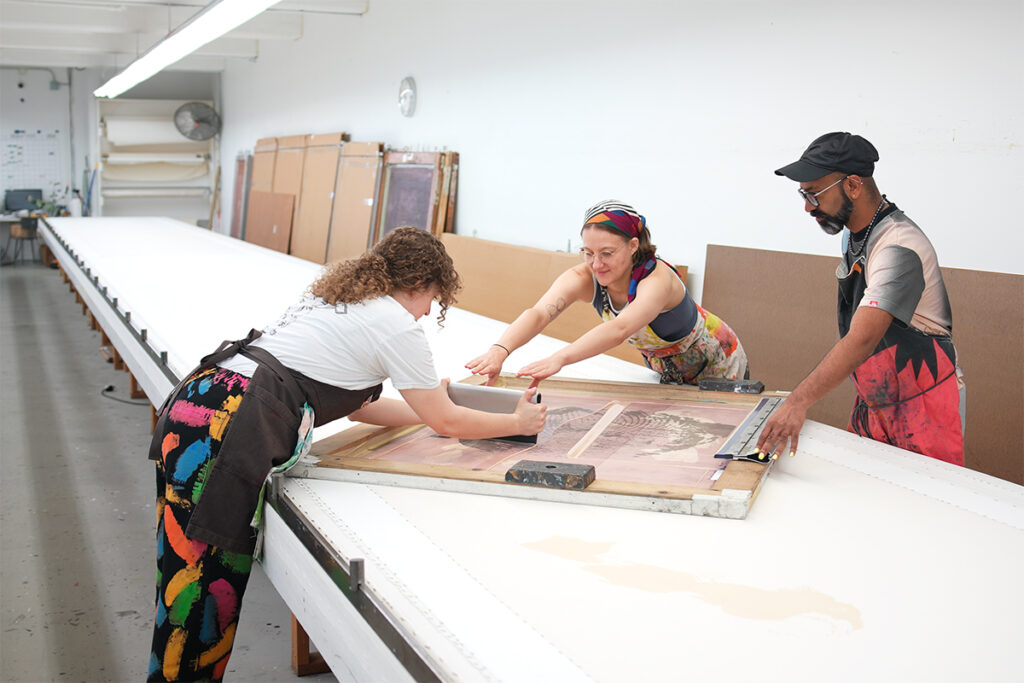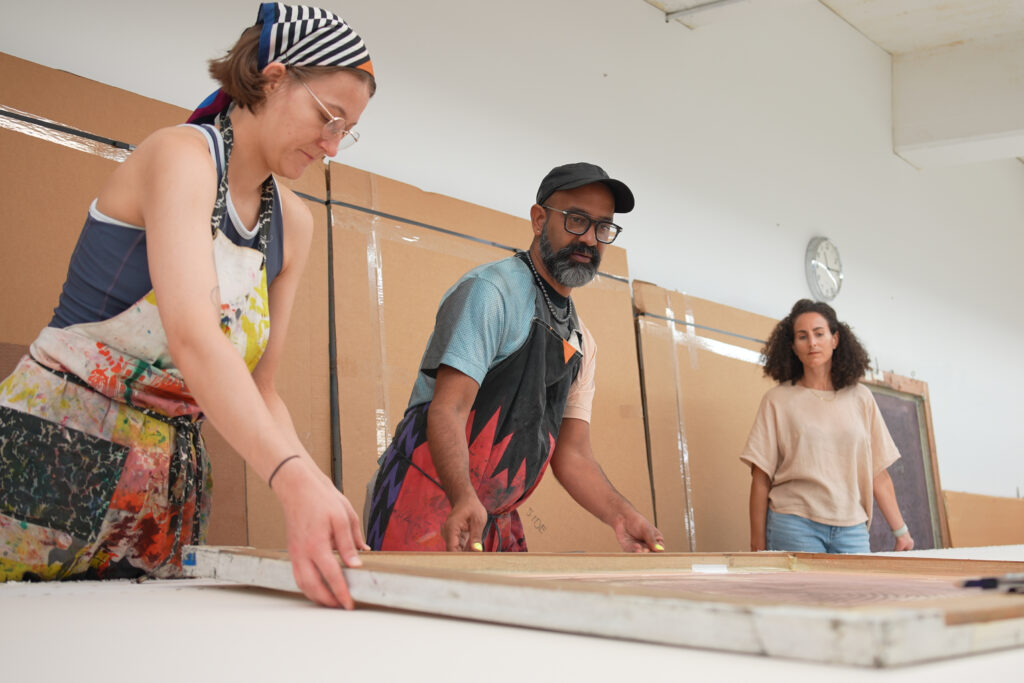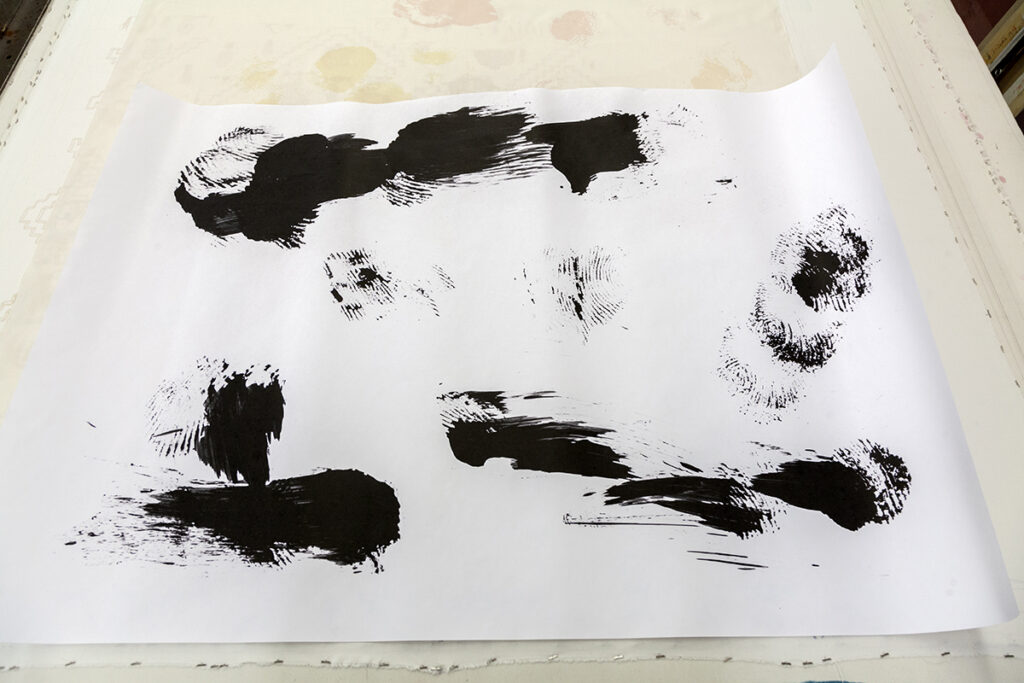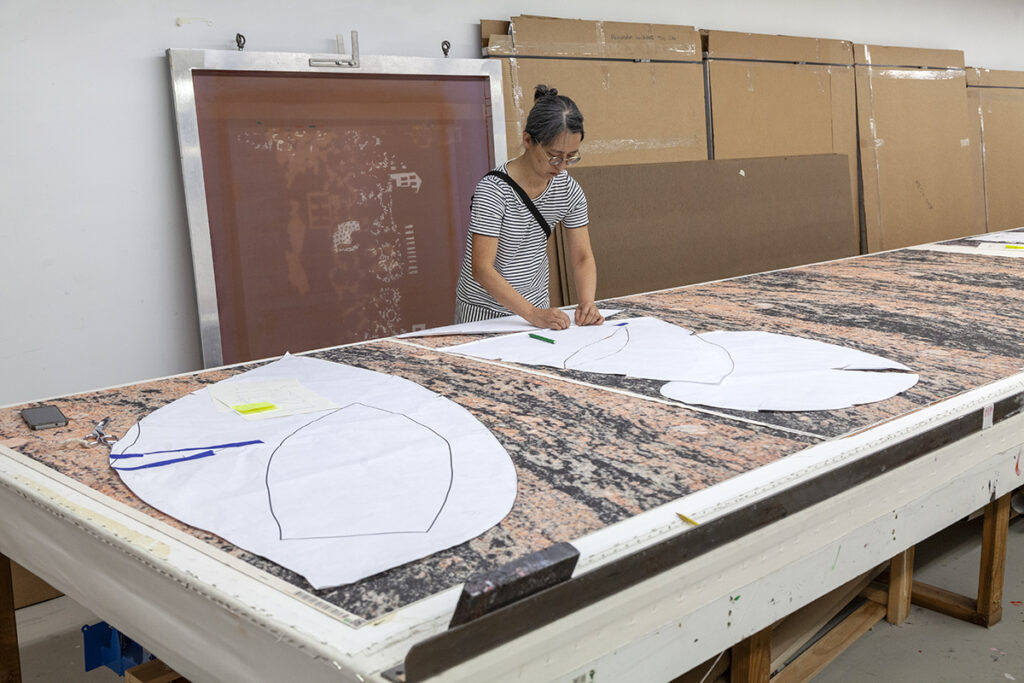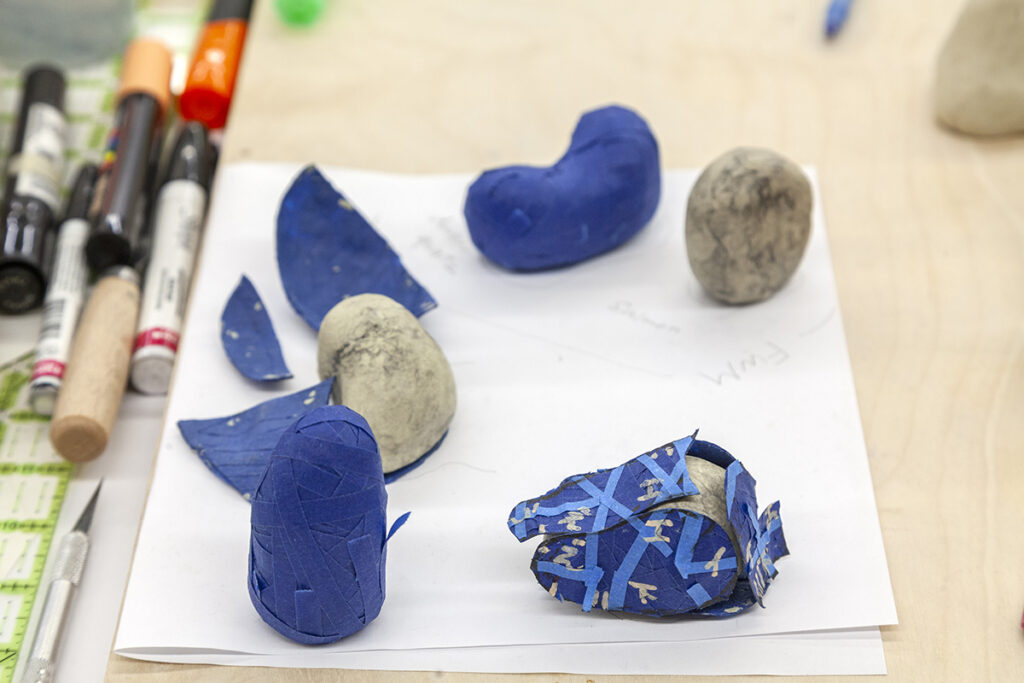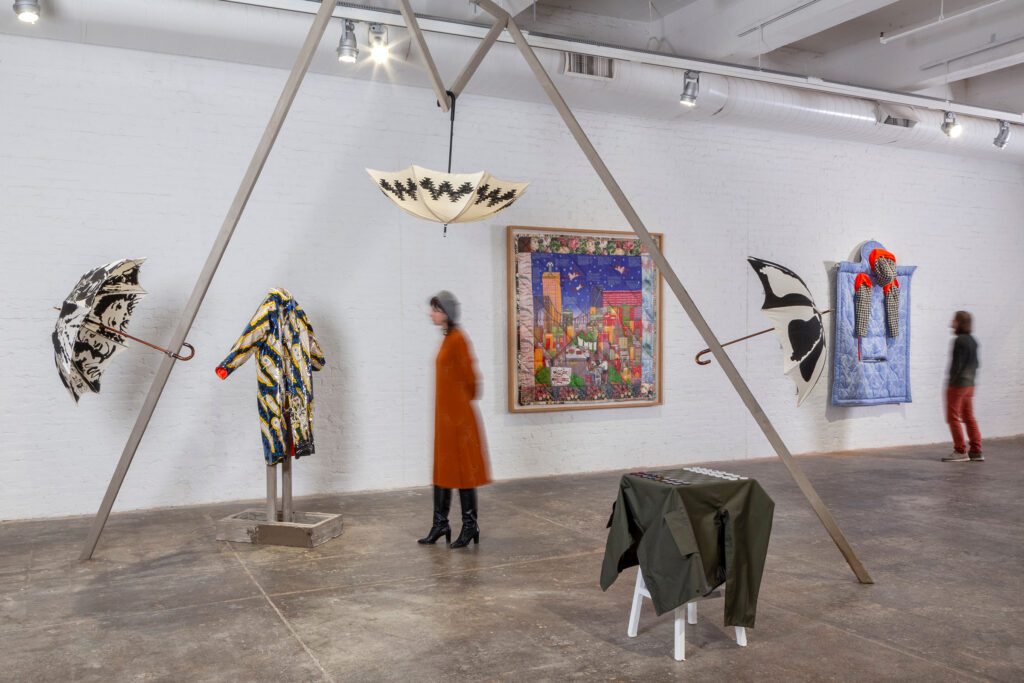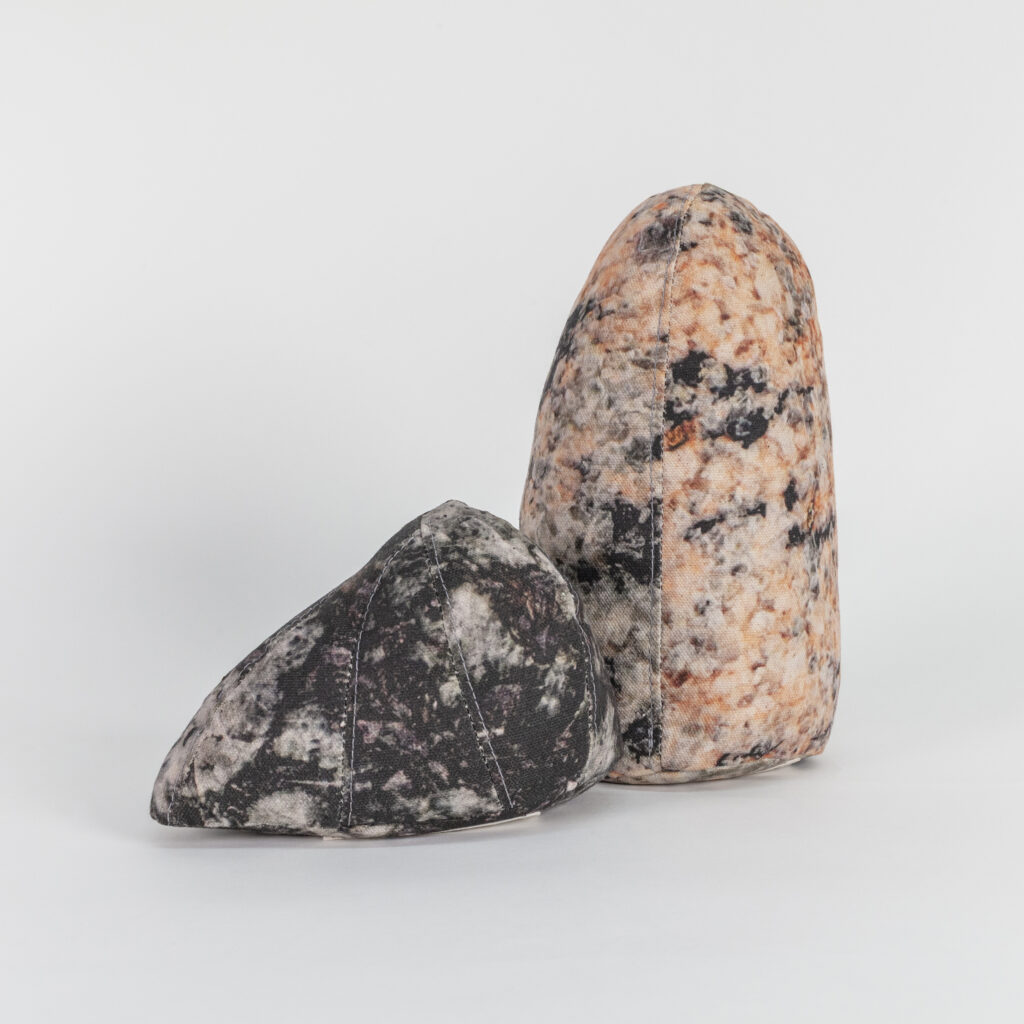Chicago-based artist Brendan Fernandes creates expressive works at the intersection of dance and visual arts, addressing themes of displacement, migration, labor, and queerness. Drawing on his multicultural identity and background as a trained ballet dancer, Fernandes combines movement, sculpture, and video to forge collaborative, politically charged art that defies traditional boundaries.
Commissioned by the Pulitzer Arts Foundation, Fernandes worked in collaboration with FWM’s Studio team to make an installation of curtains and soft sculptures to accompany an exhibition of the artist Scott Burton’s (1939–1989) work. In a new series of duets titled In Two, Fernandes has written dance scores that take Burton’s furniture sculptures as a point of departure to explore the duality of display and concealment in gay cruising culture—ideas that Burton had pursued throughout his career. Fernandes integrates specific gestures—“flip the wrist,” “clasp arm to the breast”—directly from Burton’s choreographic notes.
Taking inspiration from Window Curtains, a work in FWM’s collection that Burton created during his own FWM residency in 1978, Fernandes worked with the FWM Studio to design a new set of curtains that would be activated by his choreographed performances. Screenprinted on cotton muslin, the curtains feature tan and blush-colored fingerprints left on a phone screen. For the artist, these smudges are suggestive of texting or swiping left or right in dating apps—a digital form of cruising.
Soft Touch I and Soft Touch II, a pair of soft sculptures designed by Fernandes to resemble polished stone, complement and contrast with Burton’s hard materials. Using images of actual Burton benches, the FWM Studio team developed the surface of these stuffed artworks through a digital printing process on cotton canvas. Fernandes intends for dancers to use the curtains and soft sculptures as props during choreographed performances of In Two.
Fernandes returned to FWM the following year to create Noise See, a performance investigating themes of visibility, protest, the legacy of empire, and embodied resistance. Central to the work are vibrant quilted tapestries crafted as costumes in collaboration with the FWM Studio. These textiles of vivid red and blue plaid recall dress that is commonly associated with contemporary Maasai culture in Kenya yet rooted in British colonial influence.
Performed as a duet, two dancers engage in a choreographic dialogue—merging and separating, concealing and revealing—through their bodily interaction with one another and their own biomorphic form as they inhabit their costume. These dynamic textiles become agents of action, shaping and being shaped by the dancers’ movements. Noise See reclaims a colonial textile legacy and transforms it into a site of protest, protection, and presence. Here, Fernandes insists that silence is not absence but a resonant and radical form of resistance.

